Leh serves as the gateway to the breathtaking Ladakh region, attracting visitors from all over the world who are interested in adventure, nature, and spirituality. The City exemplifies the resilience and beauty of life in the high Himalayas. Its unique combination of history, culture, and natural wonders distinguishes it as a one-of-a-kind destination. Whether you’re looking for spiritual solace, an adrenaline rush, or a peaceful retreat surrounded by breathtaking scenery, everyone gets something special from here. Exploring the narrow lanes of the old town, visiting ancient monasteries, or gazing at the majestic peaks will immerse you in the enchanting charm of the city that truly stands at the top of the world. Bikers generally prefer ladakh road trip.
The city is located at an elevation of about 3,500 meters (11,500 feet) above sea level, is a high-altitude desert city with a distinct blend of rich cultural heritage, breathtaking landscapes, and a tranquil atmosphere. This beautiful city is surrounded by snow-capped peaks, barren mountains, and deep valleys that create a dramatic and awe-inspiring landscape. The city is located on the banks of the Indus River, which creates a picturesque setting.
Table of Contents
History and Culture
Leh has a centuries-long history as a crossroads for trade and cultural exchange between Central Asia and India. This place was a key stop on the ancient Silk Road, and its cultural heritage incorporates elements of Tibetan, Indian, and Central Asian traditions. The Leh Palace, a prominent historical landmark, exemplifies the city’s rich history. The palace, built in the 17th century, was the royal residence of Ladakh’s kings.
Leh’s culture is deeply rooted in Tibetan Buddhism, and the landscape is dotted with monasteries and gompas. Hemis Monastery, Thiksey Monastery, and Shey Monastery are among the most significant, attracting both pilgrims and tourists. The vibrant festivals held in Leh, such as the Hemis Festival and Losar, highlight the region’s spiritual and cultural vibrancy.

Attractions
Leh is a haven for nature lovers and adventure seekers. The region is known for its pristine lakes, high mountain passes, and breathtaking scenery. The scenic view of Leh can be enjoyed best by Leh Ladakh Road Trip. Pangong Lake, Tso Moriri Lake, and Shey Phoksundo Lake are among the breathtaking high-altitude lakes that enchant visitors with their crystal-clear waters surrounded by majestic mountains.
The most popular tourist destinations in Leh are Pangong Lake and the highest motorable road, Khardongla (18350 feet above sea level). The high mountain passes in the area, such as Khardung La, Chang La, and Baralacha La, provide panoramic views of the Himalayan range and are popular destinations for motorcycle enthusiasts.
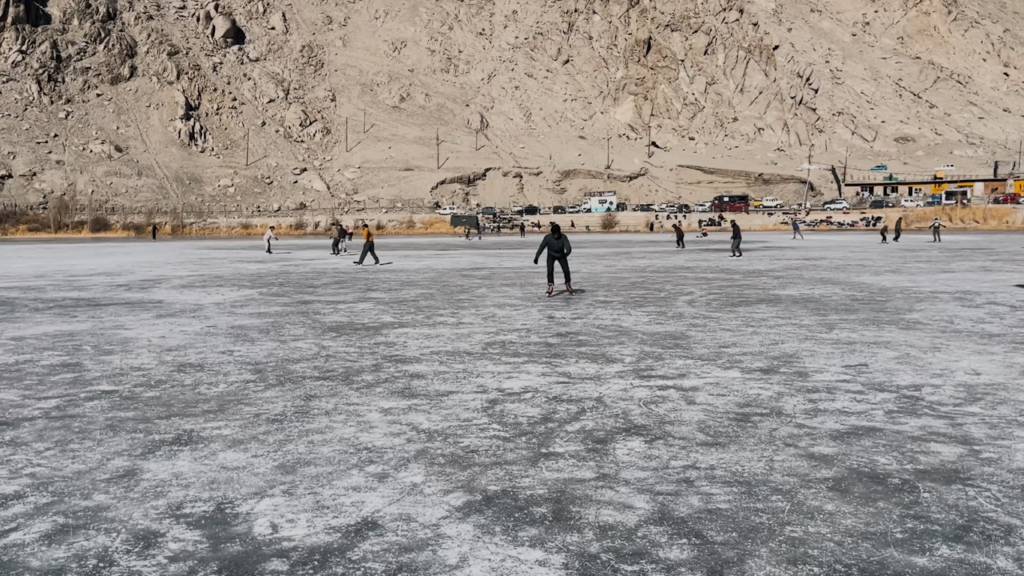
Offbeat Location
Leh, with its breathtaking landscapes and cultural richness, serves as a springboard to a plethora of offbeat destinations in the Ladakh region. Beyond the well-trodden paths, there are hidden gems that provide a more intimate and authentic experience of this high-altitude desert.
Turtuk: Turtuk, a remote village in the Nubra Valley, was closed to tourists until 2010. This remote hamlet boasts a unique blend of Ladakhi and Balti cultures, providing a glimpse into a way of life that is distinct from the rest of Ladakh. The landscape is adorned with apricot orchards, picturesque monasteries, and stunning views of the Shyok River.
Dah Hanu: Dah Hanu, also known as the Land of the Drokpas, is home to the Dard people, who have their own distinct culture and physical appearance. The Drokpas are known for their elaborate headdresses, traditional clothing, and lively festivals. Visiting Dah Hanu offers a unique opportunity to see a community that has maintained its traditions for centuries.
Phugtal Monastery: Phugtal Monastery is a remote Buddhist monastery that clings to a cliff in the Zanskar region, accessible only via a multi-day trek. Reaching Phugtal, which is surrounded by towering mountains and sits above the Tsarap River, is an adventure in and of itself. The monastery’s unique location and ancient architecture make it a hidden treasure for those willing to take on the difficult journey.
Yarab Tso Lake: Yarab Tso Lake, located near the quaint village of Sumur in the Nubra Valley, is a hidden gem that is not well-known among tourists. The pristine lake is surrounded by barren landscapes and provides a tranquil haven for those seeking solitude. The trek to Yarab Tso is a relatively unspoiled experience with breathtaking views along the way.
Hemis Shukpachan: Hemis Shukpachan, situated in the Sham Valley, is a tranquil village surrounded by apricot orchards and barley fields. The village is known for its traditional Ladakhi architecture and provides a tranquil setting for those seeking to experience rural life in Ladakh. The trek to Hemis Shukpachan takes you through breathtaking scenery and introduces you to the warmth of Ladakhi hospitality.
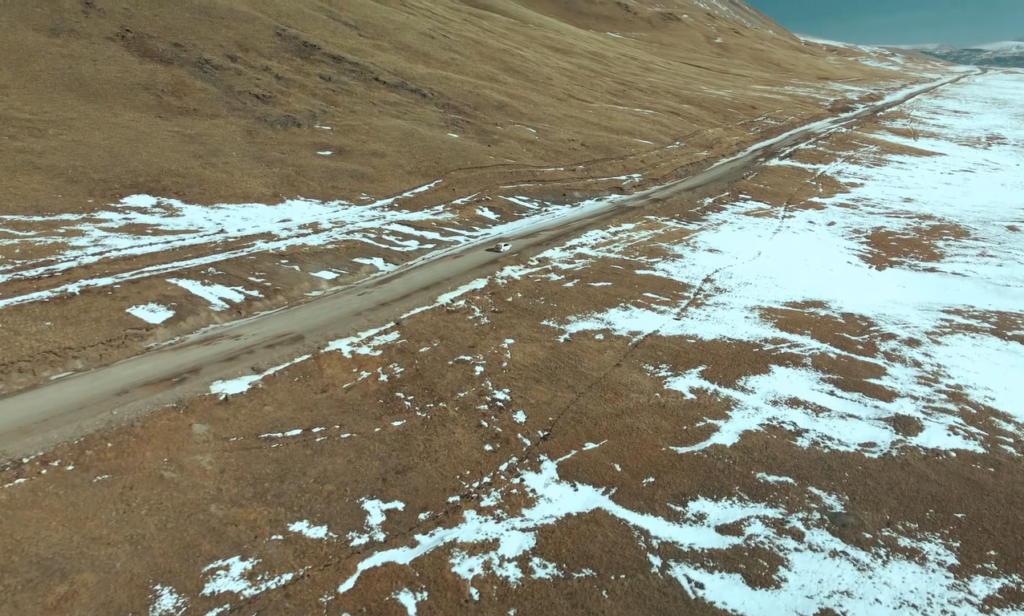
Adventure Activities
Tourists enjoy a variety of adventurous activities in Leh, including mountaineering, white-water rafting, mountain biking, paragliding and trekking. For adrenaline junkies, Leh has a plethora of adventure sport options. The cold deserts surrounding Leh provide a unique setting for camel safaris in the well-known Nubra Valley, where visitors can ride double-humped Bactrian camels. It is a trekking hotspot, with popular trails such as the Markha Valley Trek and the Stok Kangri Trek attracting trekkers looking for a challenging but rewarding experience.
Hotels in Leh
There are approximately 250 hotels and guest houses of various classes in Leh, Ladakh. The Grand Dragon Ladakh and Shangrila Ladakh are two three-star hotels in Leh. Caravan Centre, Cho Place, Gawaling International, Holiday Ladakh, and Ladakh Palace are some of the A+ rated hotels in Leh. Hotel rates in Leh range from ₹1000 to ₹5500 per night, depending on tourist requirements. Tourists can also enjoy Home Stay services in Leh at reasonable prices. Some of Leh’s best home stays include Aktu Kokma, Barat Villa, Fana, Lungsar Tokpo, and Sara.
Best Time to Visit Leh Ladakh Trip
Because of its high altitude, Leh has a cold desert climate, with temperatures ranging from extremely cold in winter to pleasantly cool in summer. June through September is the best time to visit Leh. The ideal time to enjoy the beauty of Leh is 5-7 days. Winters are harsh, with temperatures dropping well below freezing, whereas summers are marked by warm days and cool nights.

Local Cuisine
Desert Rain Cafe, Jeevan Cafe, Padma Wangail, Takpa, and Wonderland are some of the best places in Leh to try local cuisine. Leh’s cuisine is influenced by its geographical location as well as the availability of local ingredients. Traditional Ladakhi cuisine includes thukpa, momos, and skyu. Butter tea, made with yak butter, is a local specialty known for its warming properties, which are especially useful in the cold climate.

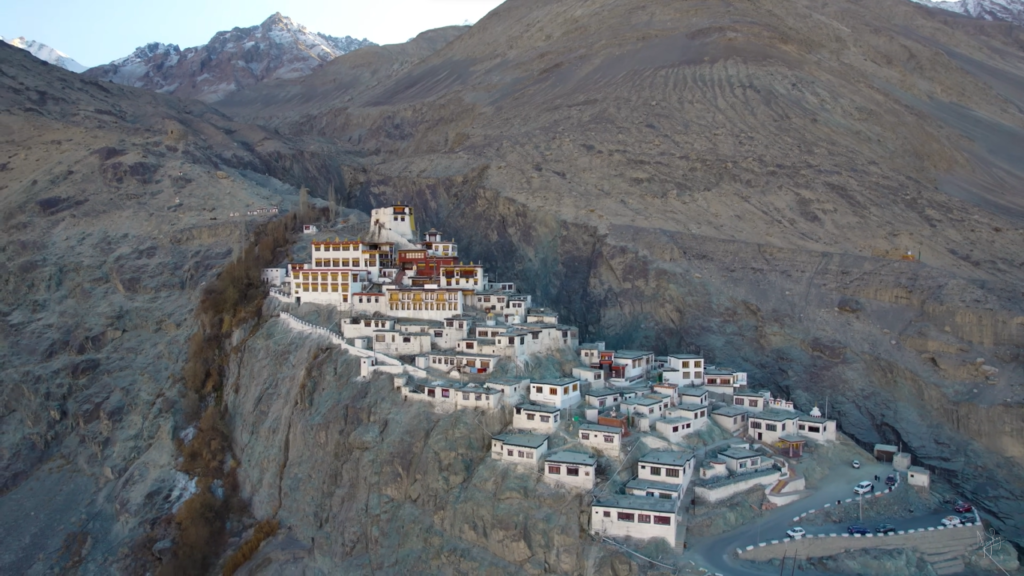
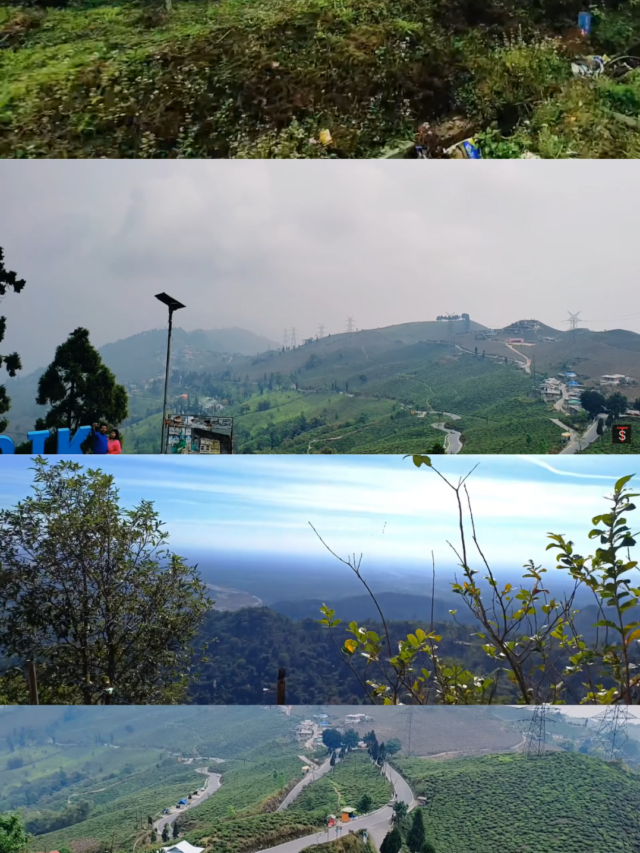
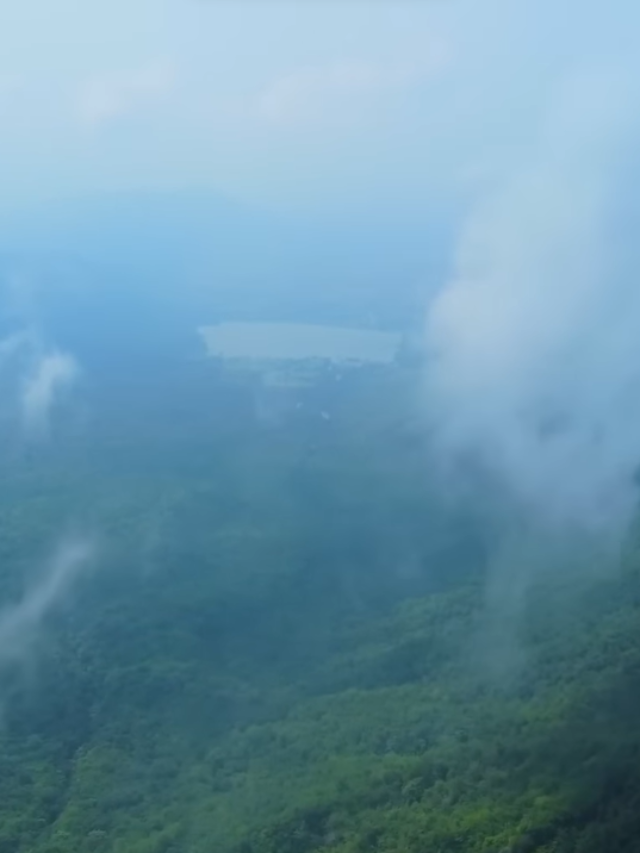
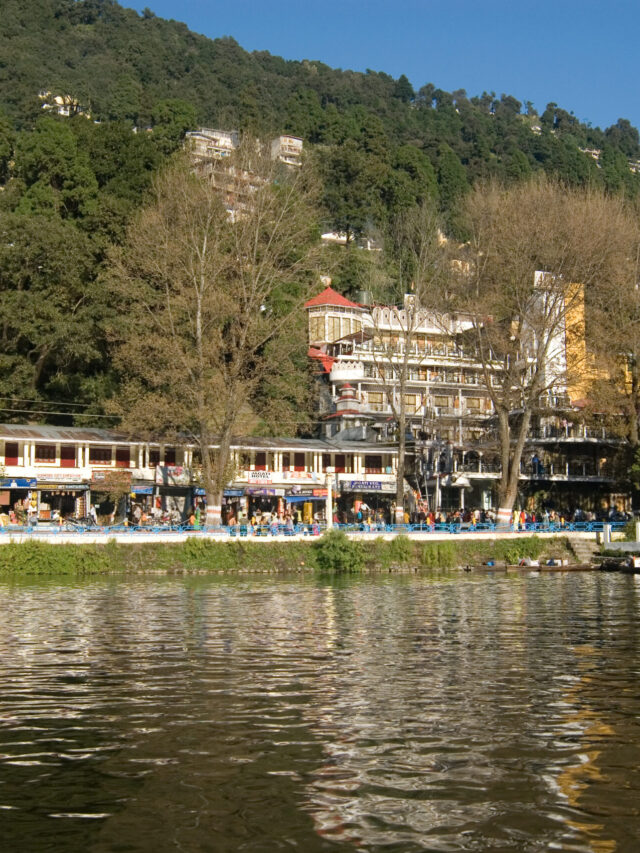
I was looking at some of your blog posts on this site and
I think this internet site is really informative! Keep on posting.Expand blog
Pingback: Best places to visit in India in September 2024 - INDIAN WANDERER